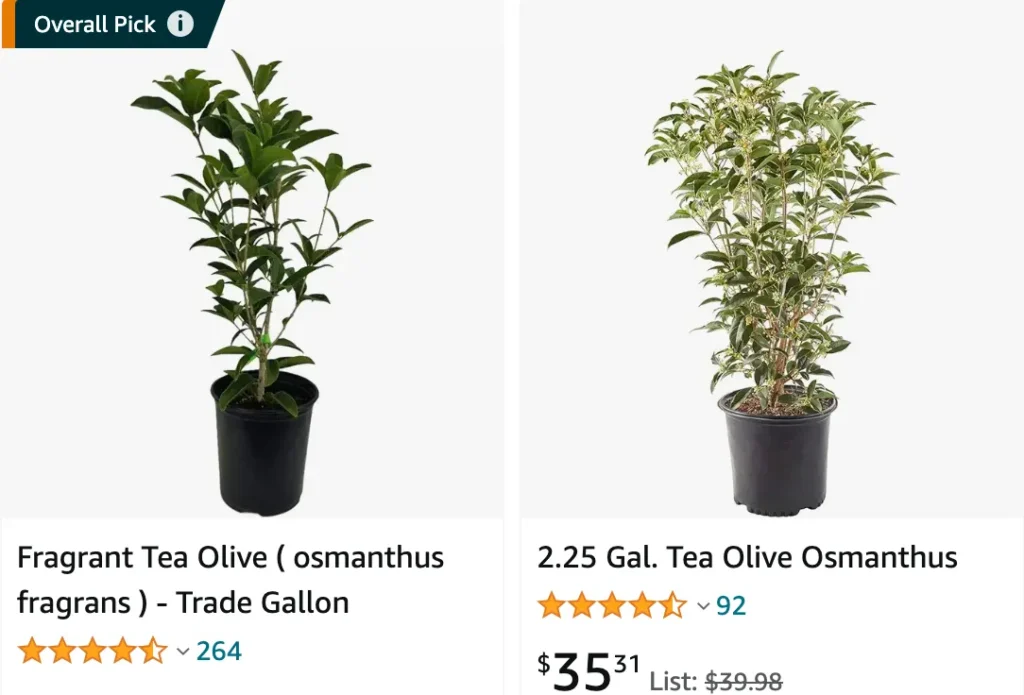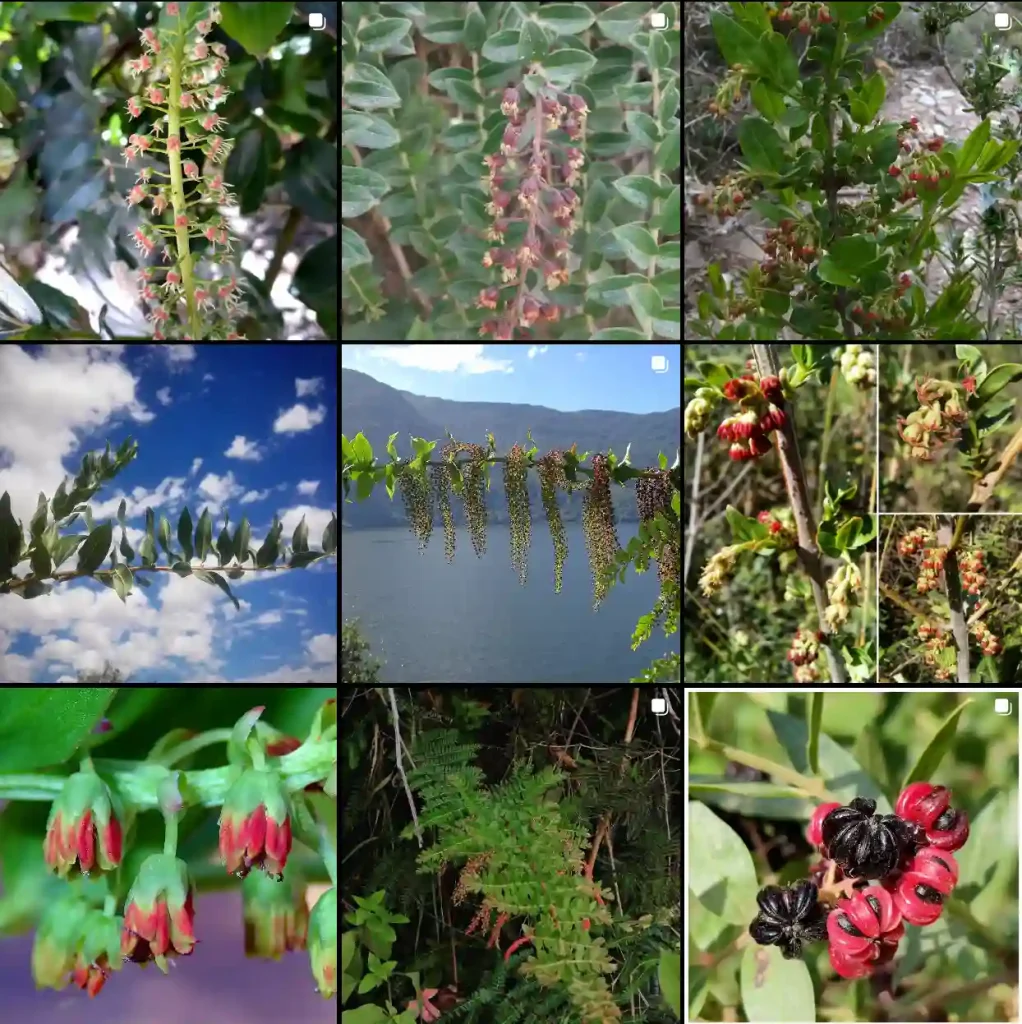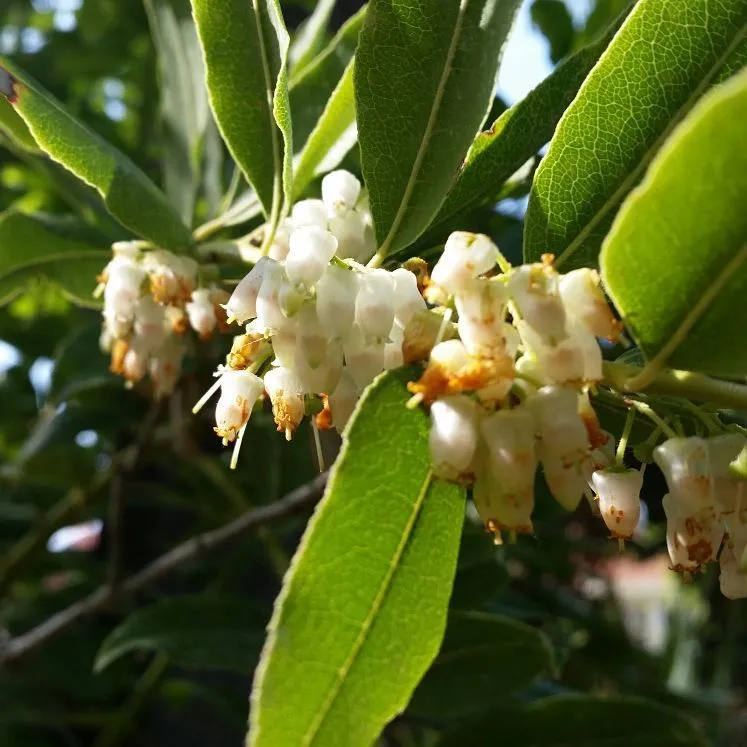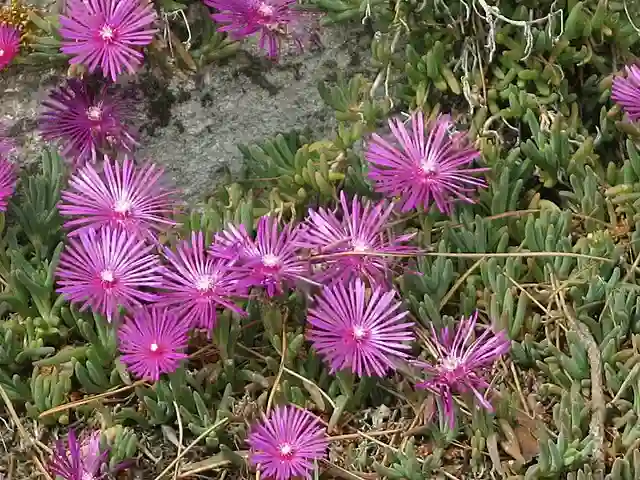
Osmanthus Fragrans var. Aurantiacus: A Fall Fragrant Delight
Hi, Ferb Vu here. I’m a plant enthusiast with a particular fondness for the Osmanthus Fragrans var. Aurantiacus, also known as the Sweet Olive. This captivating shrub isn’t just beautiful; it’s a sensory experience waiting to be enjoyed.
Today, I’m answering some of the most common questions about this fragrant fall bloomer, including how it compares to its close relative, the Sweet Olive.
26 Species in Genus Osmanthus
What is Osmanthus Fragrans var. Aurantiacus?
The Osmanthus Fragrans var. Aurantiacus is a captivating evergreen shrub native to the Himalayas and regions of China, Japan, and Southeast Asia. It’s a member of the Oleaceae family, known for its beautiful and fragrant flowering plants.
What makes it special?
This shrub truly shines in the fall. Unlike its more common cousin, the Sweet Olive, the Aurantiacus explodes with clusters of vibrant tangerine blossoms. These aren’t just visually arresting; they release an intoxicating fragrance, often described as a blend of apricot and ripe peach.
How does it compare to the Sweet Olive?
Both the Aurantiacus and the Sweet Olive are evergreen shrubs with a love for well-drained soil and a tolerance for some shade. However, there are some key differences:
- Flowers: The Sweet Olive boasts fragrant white flowers, while the Aurantiacus stuns with its vibrant tangerine blooms.
- Bloom Time: The Sweet Olive typically flowers in spring and early summer, whereas the Aurantiacus is a fall bloomer.
- Growth Habit: The Sweet Olive can grow into a larger shrub or even a small tree, reaching heights of 12 meters (39 feet) compared to the Aurantiacus, which usually tops out at 10 meters (33 feet).
Is it easy to grow?
The good news is that the Osmanthus Fragrans var. Aurantiacus is a relatively low-maintenance plant. It thrives in full sun to part shade and prefers well-drained, moist soil. It’s also quite hardy, tolerating temperatures down to USDA zone 7b (around -14.9°C or 5°F).
How can I care for it?
Here are some simple tips for keeping your Aurantiacus happy:
- Watering: Water regularly, especially during its first growing season and hot weather. Aim for moist but not soggy soil.
- Fertilizing: A balanced fertilizer applied in early spring can encourage healthy growth and flowering.
- Pruning: Prune lightly after flowering to maintain a desired shape and encourage bushier growth.
Where can I plant it?
The Osmanthus Fragrans var. Aurantiacus is a versatile shrub. Here are some ideas:
- Specimen Plant: Let it shine as a focal point in your garden bed.
- Hedge: Create a fragrant and colorful border with multiple plants.
- Container: Enjoy its beauty and fragrance on your patio or balcony.
What are the benefits of planting an Osmanthus Fragrans var. Aurantiacus?
There are several reasons to consider adding this shrub to your garden:
- Fall Fragrance: Fill your autumn air with the intoxicating scent of apricot and peach.
- Evergreen Beauty: Enjoy lush green foliage year-round.
- Low Maintenance: This shrub is relatively easy to care for.
- Pollinator Friendly: The fragrant flowers attract bees and butterflies.
Where can I buy an Osmanthus Fragrans var. Aurantiacus?
Many nurseries and online plant retailers sell the Osmanthus Fragrans var. Aurantiacus. Look for a reputable seller with healthy plants.
Final Thoughts
The Osmanthus Fragrans var. Aurantiacus is a captivating shrub that offers a vibrant display of color and a delightful fragrance in the fall. With its low-maintenance nature and versatility, it’s a wonderful addition to any garden. So, if you’re looking for a plant that will tantalize your senses and add a touch of fall magic, consider the Orange Fragrant Tea Olive.
If i die, water my plants!



